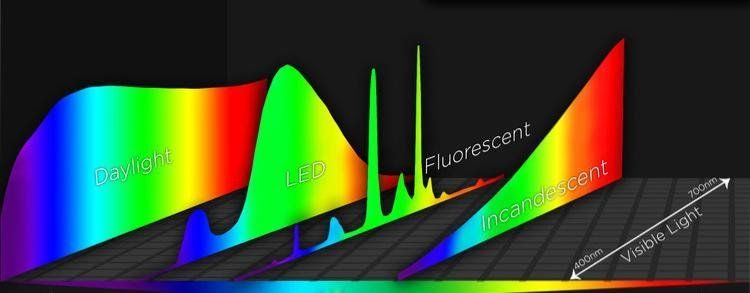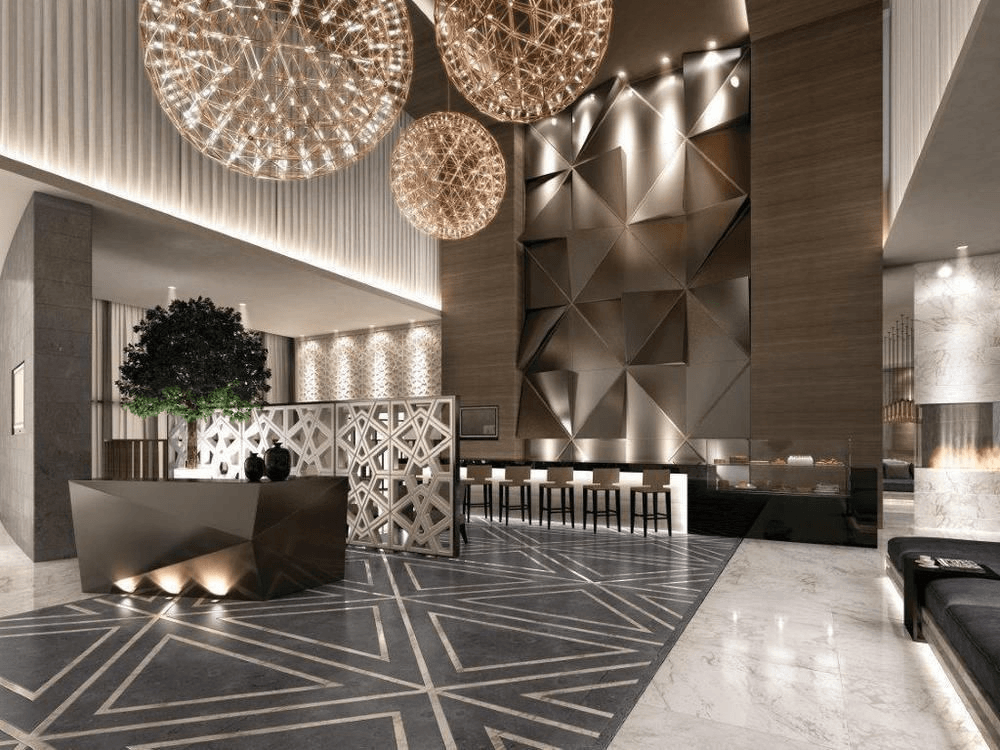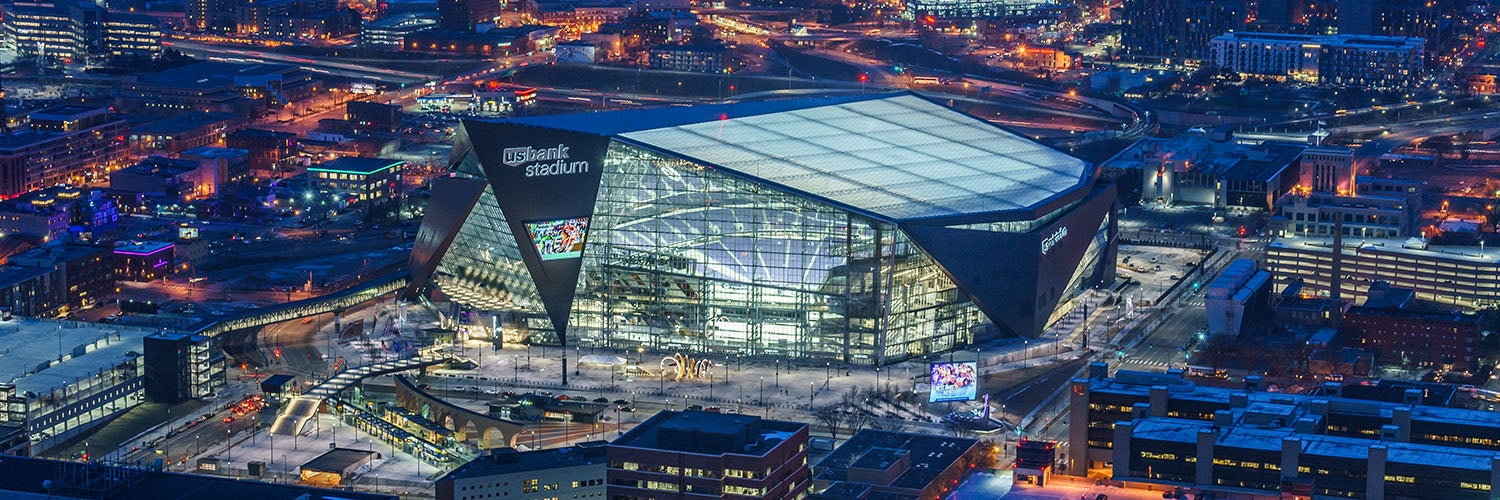Lighting Applications: Beyond Efficiency
Efficiency is important when considering lighting for your home or business. One of LEDs’ best qualities is their energy efficiency and the cost savings they offer. Of course efficiency isn’t the only metric to consider when purchasing LEDs. We’ll look at a few different applications as some examples of other factors that should come into play when making lighting decisions. These examples aren’t comprehensive and other factors come into play, but we’ll look at two of the most important per example to give you an idea what to keep in mind as you begin to swap old lights for LED.
Retail
For most retail settings the two most important factors in addition to cost savings are the color rendering index (CRI) score and the correlated color temperature (CCT).
Click here for more information about CRI and
here for a quick discussion on keeping your CCT constant. CRI is a measure of how well the light renders colors in the real world. If you’ve ever been somewhere where you feel like you just can’t see things right, like the colors are wrong and your eyes are having a hard time focusing or seeing things correctly, it may not have been your eyes at all. Likely the light in that space was inferior and had a very low CRI score. In a retail setting, CRI is crucial in order for your customers to see what the fabrics or other items really look like and to show off the detail of your wares. CCT is also a very important factor to consider. It’s all about setting the mood and complementing your wares and fixtures. If your store has lots of wood and earth tones, you likely want to opt for a warmer CCT with lower “temperature” ratings (2700K - 4000K). If your shop has more whites and modern colors, a cooler bluer tones and a higher “temperature” would likely be best (5000K+).
Restaurants
Even a Michelin star restaurant would have less-than-appetizing food if the CRI rating of their lights is too low. The best way to ensure that your customers are seeing what they’re eating and can appreciate all the inherent goodness in your cuisine is to install lights with at least a rating of 80 on the CRI. The better the rating, the more accurate (and appetizing) the colors will look. HardWire’s quality lighting retrofits can help ensure your customers are satisfied with their meals. CCT is just as important in restaurants as in retail. Ultimately your instincts on what kinds of light you want are likely correct. In a fast food environment, cool lights will help your space look clean, fresh, and keep things moving. While in a high end steakhouse, warmer, more inviting lighting will encourage people to settle in, order another round of drinks, and even stay for dessert.
Offices
Commercial offices have seen many changes over the years. The move toward more open concept seating leads to more collaboration but also more distractions. Keeping tenants or employees energized and alert is crucial. Cooler CCTs can help with this, but paramount is lighting with high CRI scores. If employees are spending more than 40 hours per week under lighting with low CRI, it will begin to affect their productivity and morale. Lumens are another crucial factor. Dimly lit spaces are great for theaters, cinemas, and high-end restaurants, but a commercial office needs to be well lit so employees can see their work and feel comfortable walking from meeting to meeting. Focus on high lumen output, but don’t forget why footcandles are important, too.
Multi-family
Two of the biggest considerations in multi-family or rental units are CCT and lumens or brightness. CCT is important because as a landlord or developer you want to ensure that the lighting you choose makes people feel comfortable. Living spaces should feel warm and inviting. Kitchens and bathrooms should feel clean and sterile. Warmer color temperatures in living spaces and cooler ones in kitchens and bathrooms will help make people feel more comfortable in your spaces and keep them rented or help get them sold. Along the same lines, lumens play a crucial role. Dimly lit dwellings often feel cheaper and less appealing than well-illuminated ones. Dimly lit dwellings hide imperfections and make it harder to see things that could be potential red flags. Even if your prospective tenant doesn’t consciously recognize that, they certainly feel it subconsciously and their decision to rent from you and what amount they’re willing to pay for that property will be affected. Conversely, well-lit spaces feel more spacious, and of higher quality. The light makes hiding imperfections harder which means you may actually have to fix that hole in the wall after upgrading your lighting to something brighter, but as with fixing that hole in the wall, the up-front cost more than pays for itself with the energy savings when installing LEDs.





